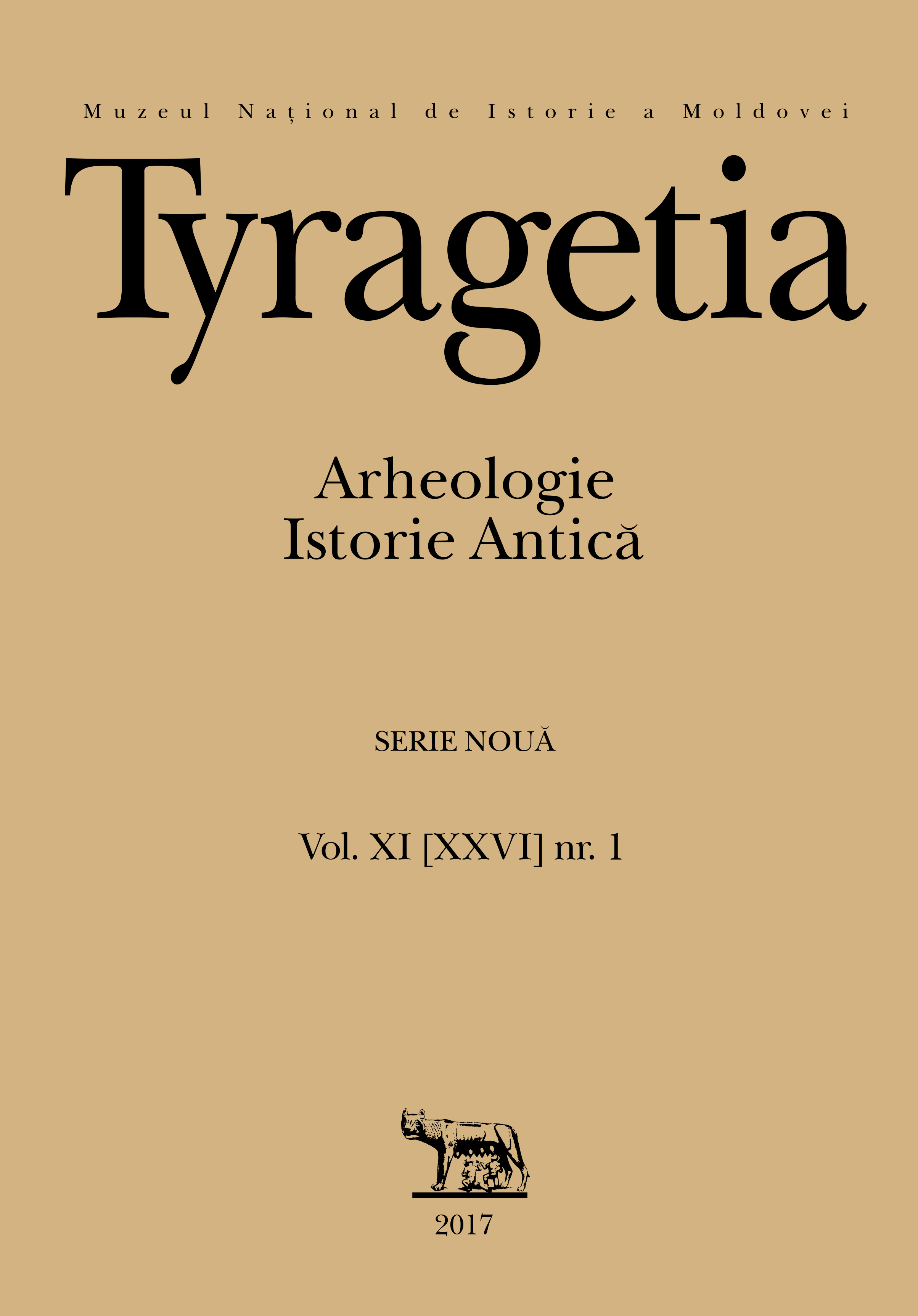Descoperiri cu semnificaţii de cult în aşezarea din epoca bronzului târziu de la Ulmu
Discoveries with cult significance from the Late Bronze Age settlement of Ulmu
Author(s): Octavian Munteanu, Livia Sîrbu, Ghenadie SîrbuSubject(s): Archaeology
Published by: Muzeul Naţional de Istorie a Moldovei
Keywords: the Late Bronze Age; clay “breadcakes”; ritual; cult complex;
Summary/Abstract: The authors present a complex with several special discoveries, which was identified and investigated in 2005 in the village of Ulmu. The complex is a pit, ellipsoidal in plan, with a doorstep, in which, together with fragments of clay coating, ceramics and osteological remains, 22 clay objects were found: 8 balls and 14 “breadcakes” discovered both in groups and isolated, preserved intact (or could be restored) or fragmented. The pit is similar to the one discovered by M. Romanovskaya in 1960 in the same site, both in shape, dimensions and specific artifacts. She dated the complex the 2nd century BC and the clay “breadcakes” were interpreted as “lamps”. In the context of new discoveries and in the attempt to make a more accurate connection to older discoveries, it was necessary to make chronological and functional clarifications, which made possible to review the interpretation given by M. Romanovskaya for these types of finds.The first part is a contextual presentation of the artifacts, followed by a presentation of identified analogies (both for the Bronze Age to which the complex is dated and for other chronological segments). The end of the article is a reflection on the utilitarian and functional nature of the relevant artifacts, the text being supplemented by a catalog of this type of finds in which a detailed description of each object is made.
Journal: Tyragetia (Serie Nouă)
- Issue Year: XI/2017
- Issue No: 1
- Page Range: 107-119
- Page Count: 13
- Language: Romanian

